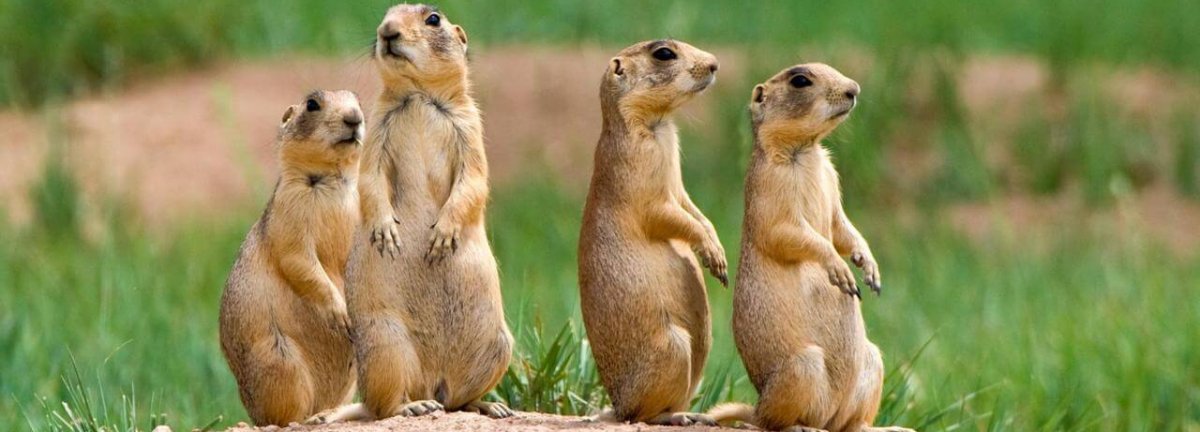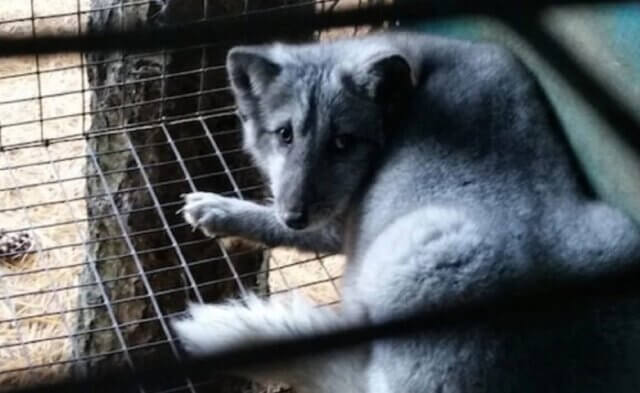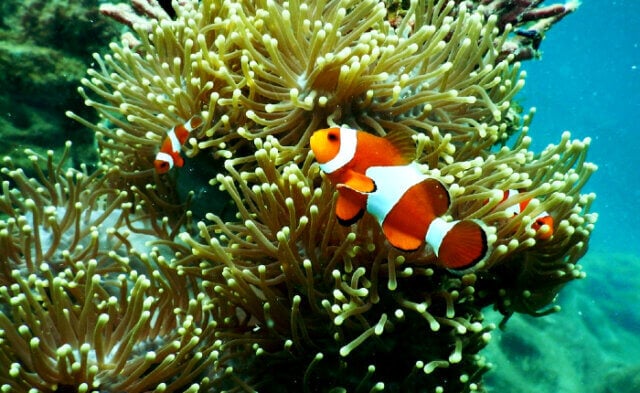Every morning, a crow with just one foot comes to visit my office in Washington, D.C. I hear her cawing nearby—I know she’s a “she” because she had a very noisy baby last year—and I call out to her. She lands on my windowsill, and I put out her breakfast. She loves blueberries but hates falafel—which I learned after she spat it out onto a man walking beneath the window. Crows occasionally eat baby squirrels, so sometimes, I pretend that I’m giving her a baby squirrel, but it’s actually a warm, soft bean burrito. She probably thinks the red stuff inside is stomach contents, but it’s really just beans and tomato sauce.
One day, someone saw “my” crow eating her breakfast and said, “Aw, she is so cute!”
How often do we perceive animals as “cute,” no matter what they are doing, instead of reflecting on their experience? After all, here’s this one-footed crow somehow surviving, avoiding electrical wires and traffic and mean people in our concrete city. She’s scavenging to feed herself and her demanding offspring. She arrives soaked to the skin in winter storms when it’s freezing outside, and even in high winds, she has to cling to branches and fire escapes with one foot. If she injures her other foot, she’s a goner! She is doing so many impressive things that I couldn’t possibly do. She is a whole, adult individual, with a disability and enormous challenges, yet we often infantilize such stunningly clever beings, giggle at them and think of them as just “cute.” It’s like calling a starving refugee “cute.”
Usually, whatever animals do, it is thoughtful and clever, not just cute.
When a small dog who has no opposable thumbs, none of our advantages, tries to drag a child’s plastic swimming pool into the house, it’s impressive. You can see the video online. The dog’s name is Gus. He is working on this project because he wants the pool in the house. Using various strategies and never saying never, he succeeds. That’s problem-solving.
When a jumping spider goes to another spider’s web and taps it in order the lure the second spider (who thinks she’s caught a fly) closer, is that “cute”? Not to the second spider, who gets eaten. It’s intelligent. There’s evidence that jumping spiders learn this behavior and that they work out exactly which types of taps will trick the other spider and which won’t.
And when octopuses figure out how to use discarded coconut shells as shelter, aren’t they being not just cute but also clever? For them, it’s a matter of survival.
There are so many jaw-dropping examples of animal ingenuity: Squirrels dig up and rebury their food if they suspect that another squirrel has watched them stash it. Pigs have temperature preferences and can learn through trial and error how to turn on the heat in a cold barn if given the chance. Rabbitfish, like geese, take turns standing guard so that others can eat in safety. Prairie dogs talk to one another about predators and get specific—giving details about size, shape, color and speed. Chickens will forgo a treat in order to get a larger reward later. Cats, who rarely meow to communicate with each other, invent a whole language of meows specifically to communicate with humans. Pigeons, who remember human faces and recognize people who are nice to them, stay together for life, and both parents share equally in nesting duties.
While we send probes into space to search for intelligent life forms, we are often oblivious to the ones all around us, right here on Earth—both on land and in the sea. But if we wish to call ourselves “thinking animals,” it’s time to move past “cute” when considering other animals and on to words indicative of empathy and respect.
Read Ingrid Newkirk’s new book, Animalkind, and discover revolutionary ways you can practice kindness and help #EndSpeciesism!





